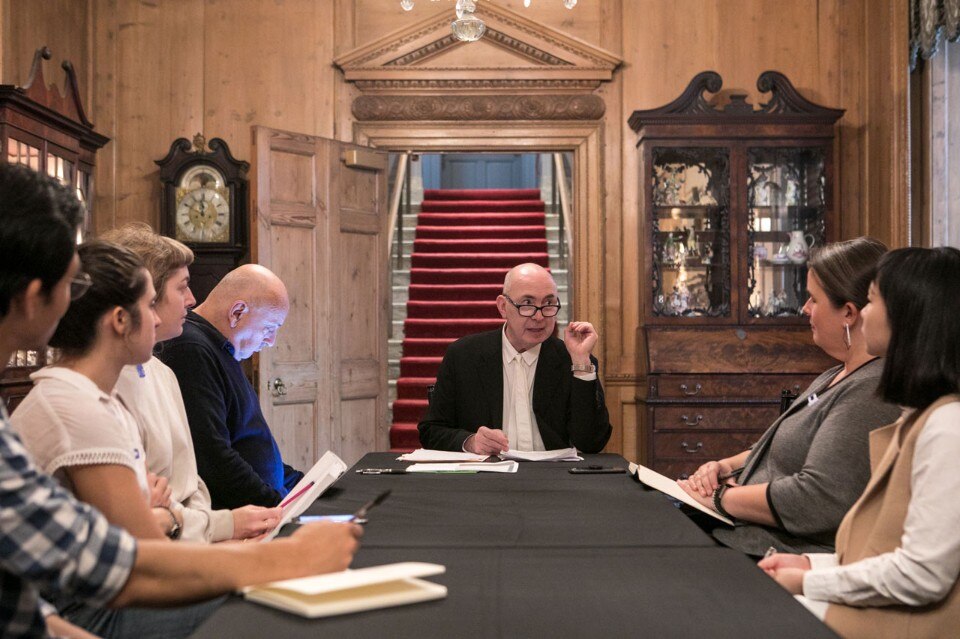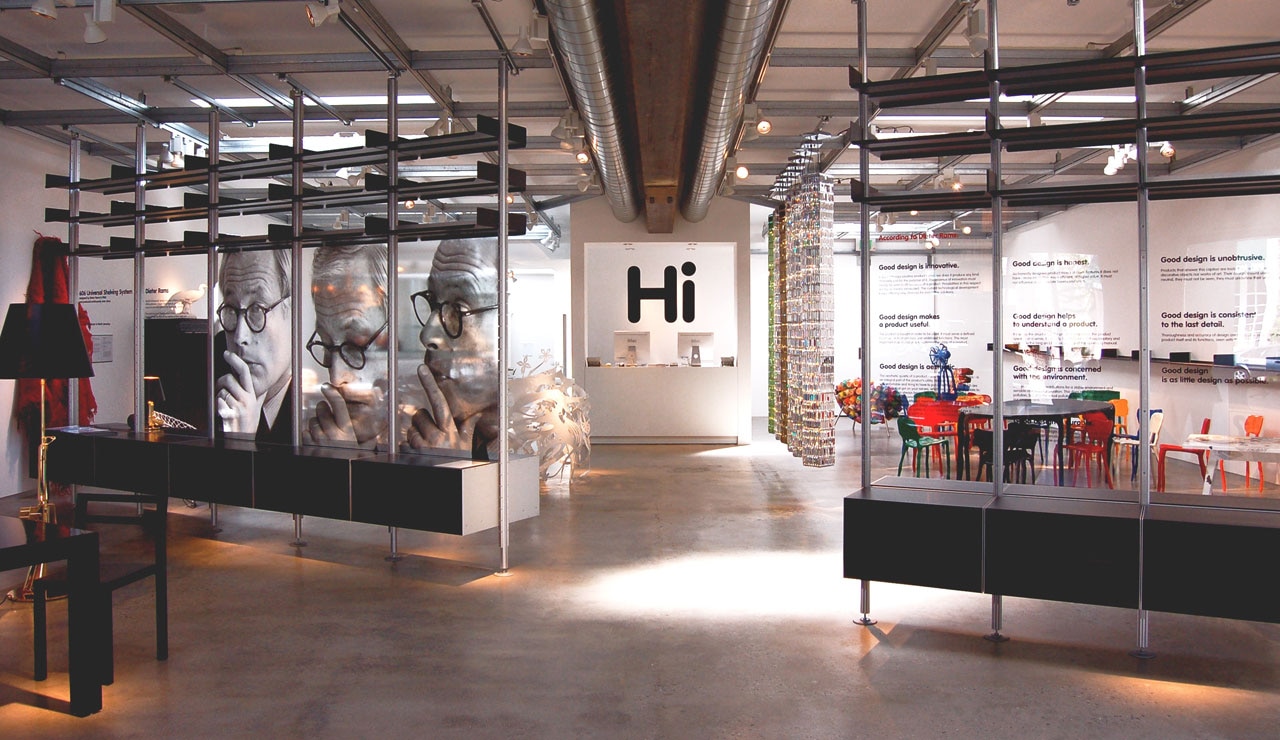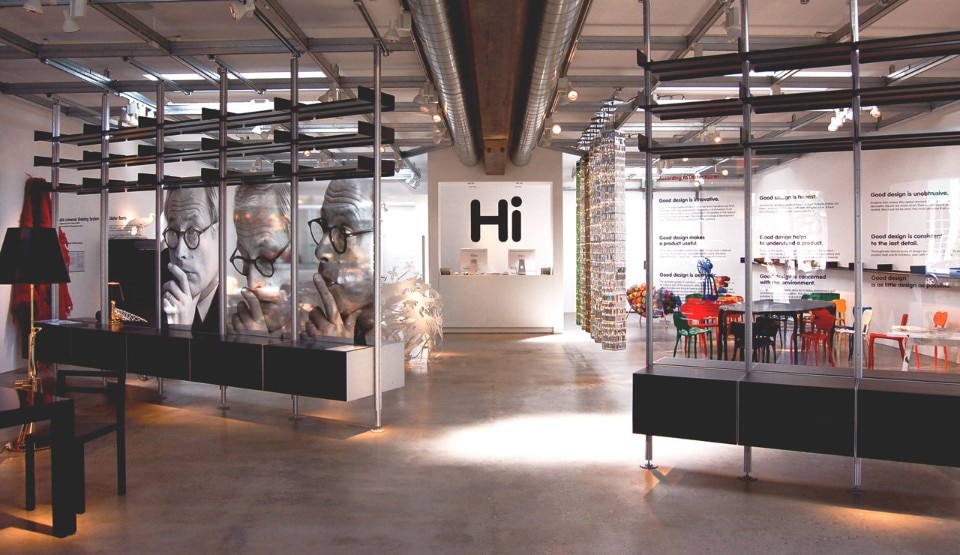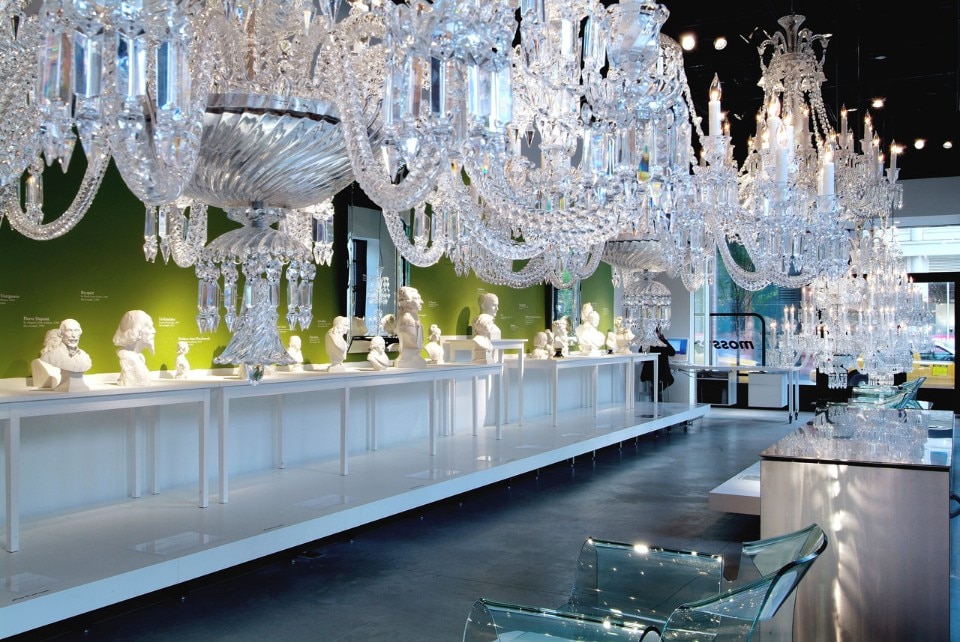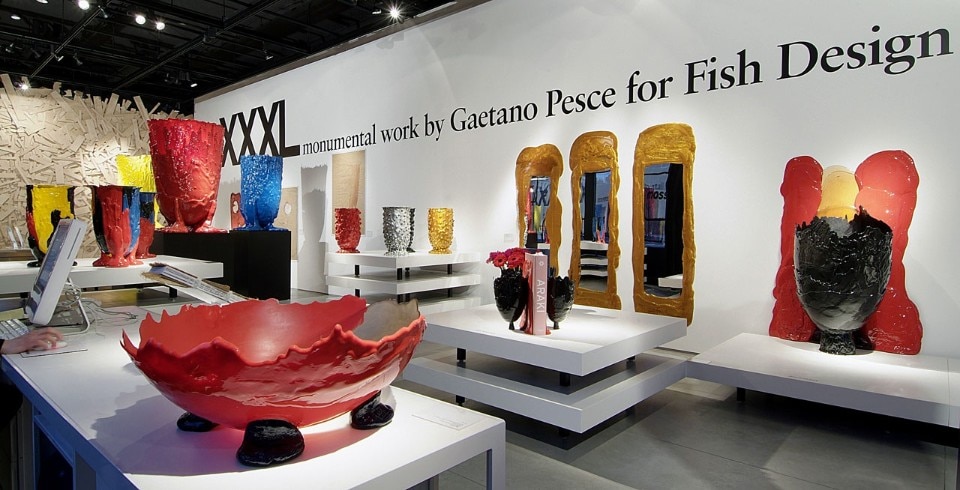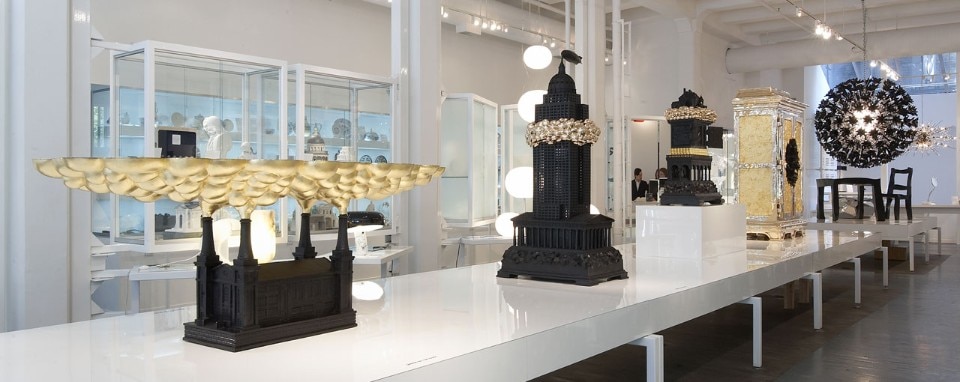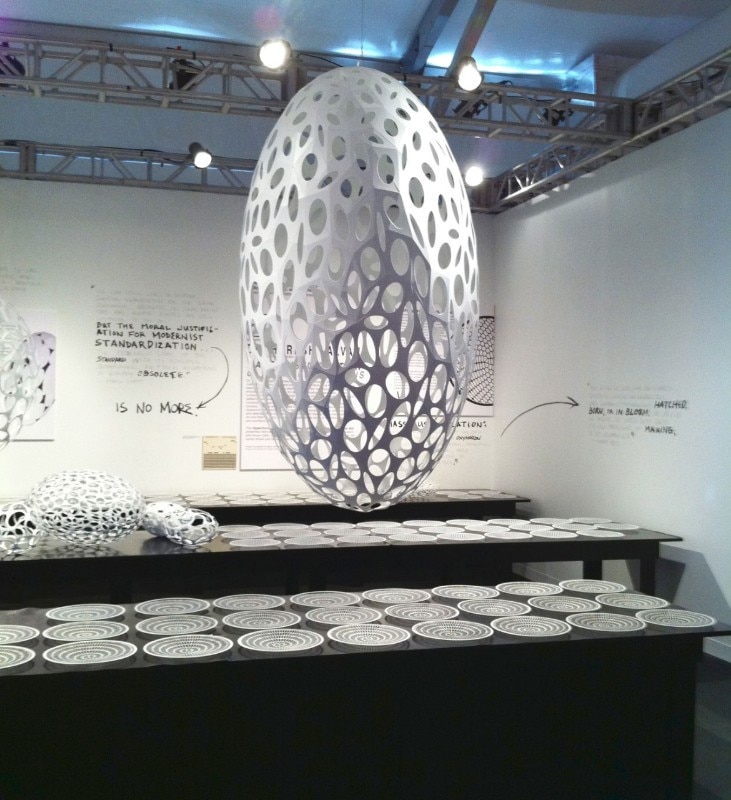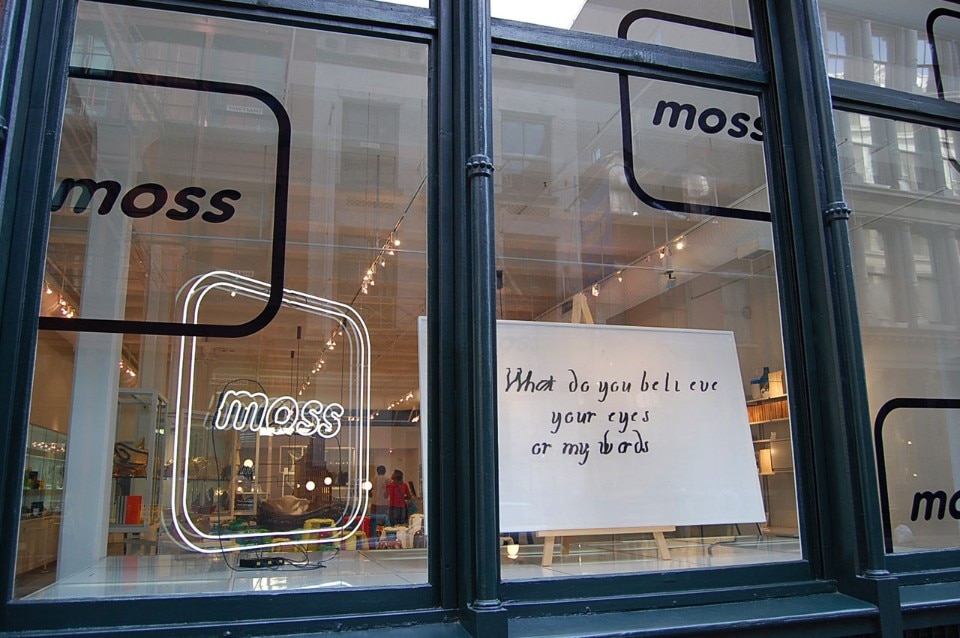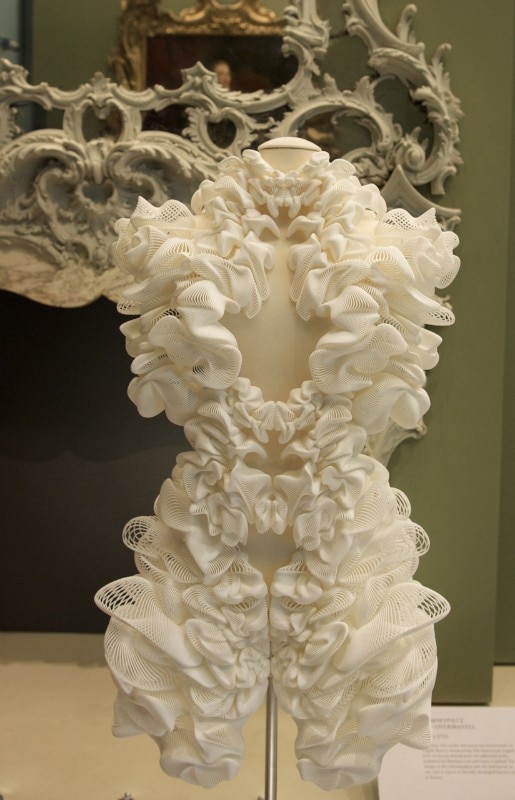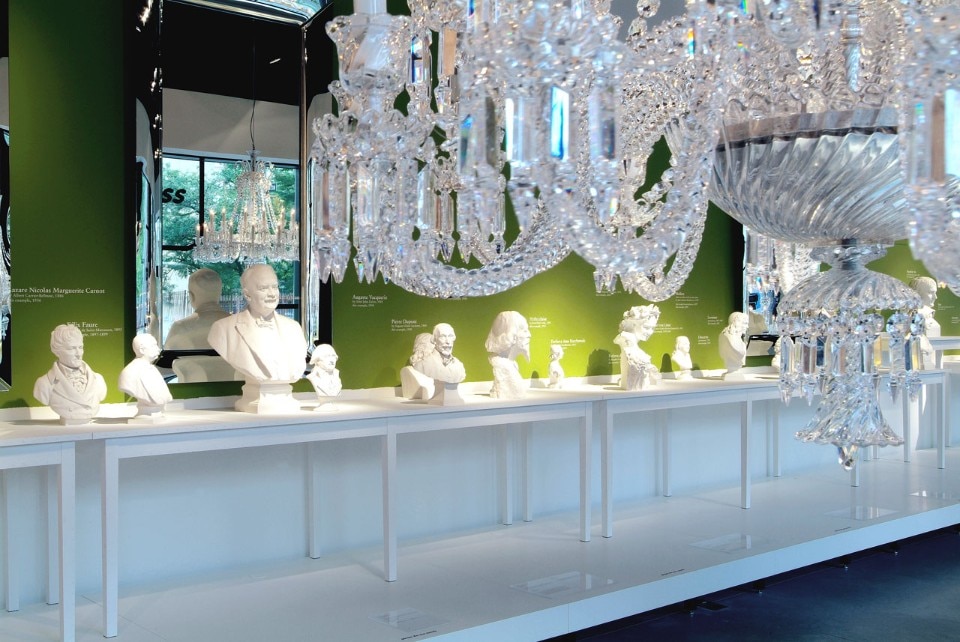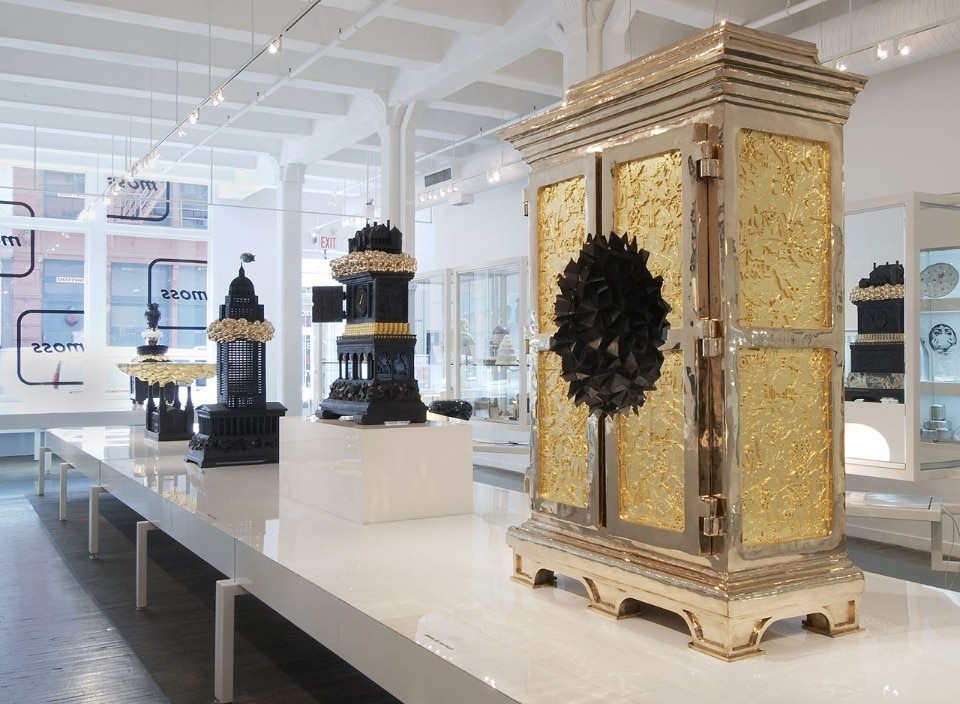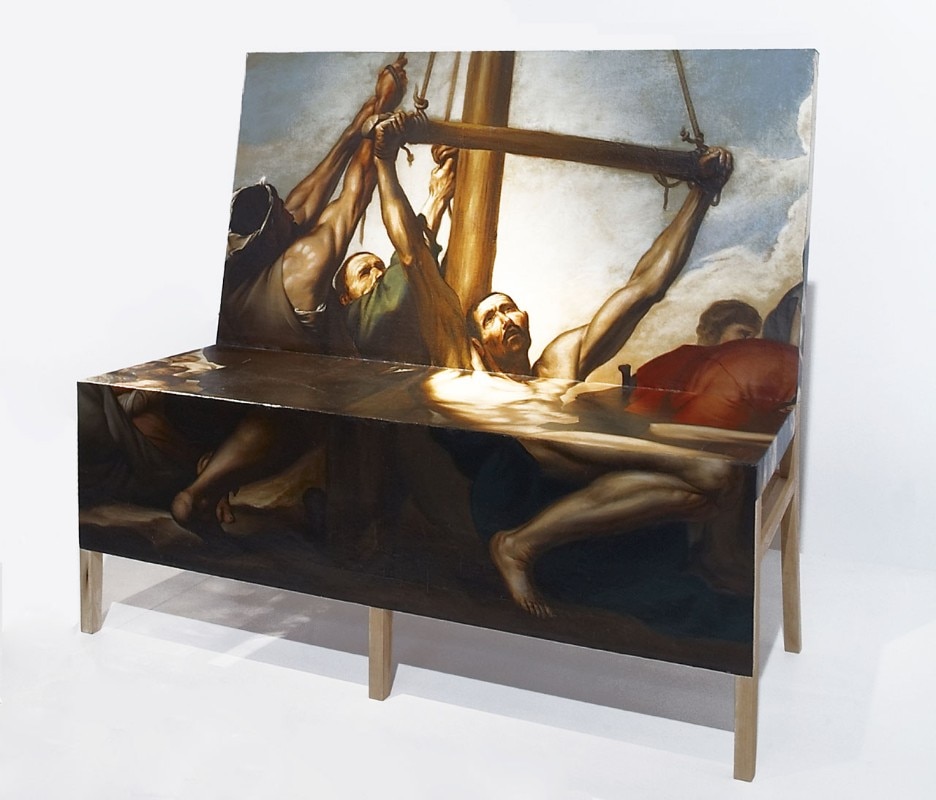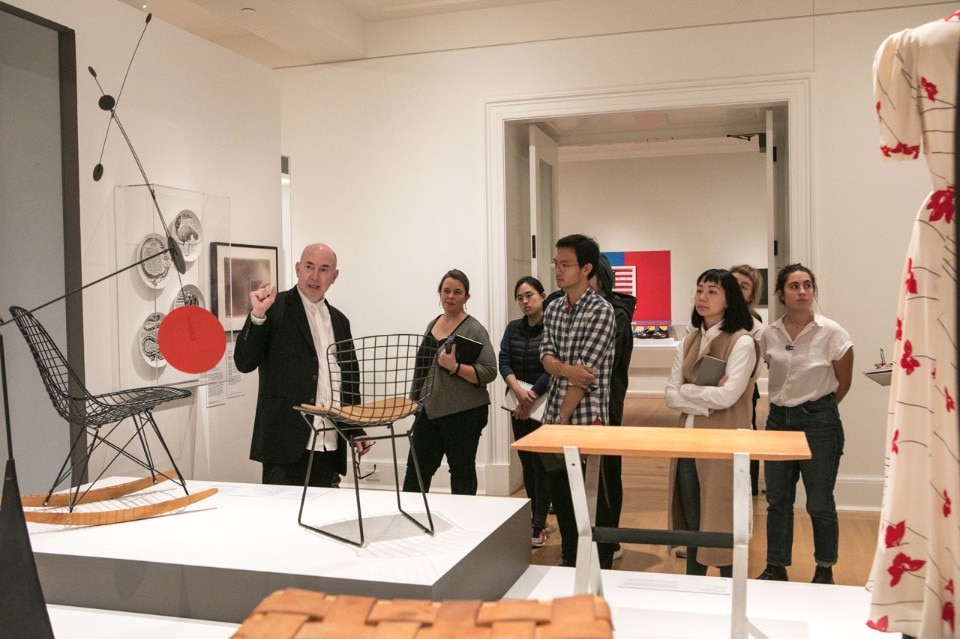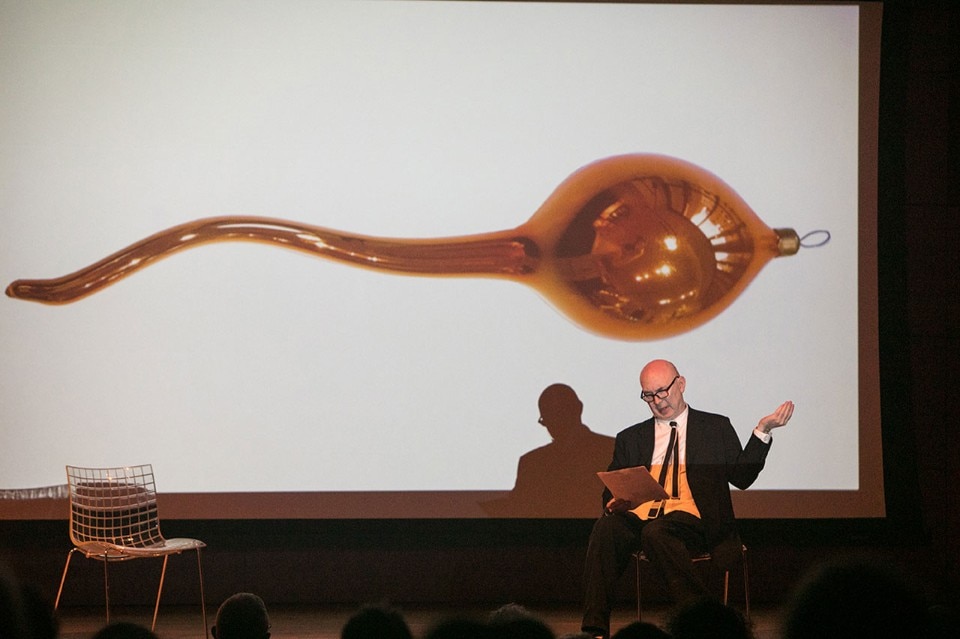Through his former SoHo gallery – opened in 1994 – Murray Moss is often credited as one of the forerunners of collectible design in the United States. His provocative and unwavering approach helped launch the careers of talents like Maarten Baas. In fact, the maverick’s penchant for narrative-driven design focused heavily on the Netherlands and experimental schools like the Design Academy Eindhoven.
Graduates that have collaborated with Moss in the past include Hella Jongerius, Studio Job, Jurgen Bey and Tomás Libertíny. However, the connoisseur’s voracious appetite for design has never just been about contemporary work.
An understanding and appreciation of age-old artisanal traditions helped him revive interest in various heritage manufacturers such as Nymphenburg Porcelain. An emblematic feature of the widely celebrated gallery was its eclectic curation. Though it closed in 2012, as a result of the financial crisis, Moss remains an important fixture of the design world.
As a respected consultant and critic, the surprisingly modest and forthright design provocateur has now set his sights on education. Hoping to impart some of the major professional and life lessons from his own vast wealth of experience, if not only his invaluable wisdom on the domain itself, Moss has partnered with top American design school RISD to host a series of lectures and workshops.
Held throughout the 2018-2019 academic year, this interdisciplinary course is offered to students from various master programmes. Moss spoke to Domus about this new venture, ahead of his first In Search of Narrative lecture, given in early October 2018.
From where did the idea of this collaboration derive?
It began through a series of informal discussions with RISD President Rosanne Somerson. We thought, why not take the opportunity of the school’s unique situation and try something new. What we decided on is a series of public lectures and subsequent two-hour workshops based on different themes and topics, such as “object narratives” and “interactive design.”
Our intent was to reveal the expanded nature of the discipline by distilling key elements from my own real-world experience. In the lecture portion, which is actually a performance of sorts, I recount personal narratives – as they relate to specific objects. I don’t want them to be ‘teaching moments’ per say. What I present could be the truth or a lie. You can interpret it however you want. What I want to share is the way the world works in my mind.
Part of what brain science is trying to arrive at is an explanation of why we’re attracted to certain things.
What are you hoping to communicate in this first In Search of Narrative lecture?
There is a line in the description for this lecture that states that objects carry narratives. I made it up. Inanimate things don’t say or do anything. The narratives come from you and me. We bring the story; everything we know and feel about it, why we want it, what we like about it. what we don’t. It’s not something we’ve learned, it’s instinctual. And yet, what draws you to an object is emphatically different to why I’m drawn to it; simply based on the divergent experiences we’ve both had.
I recently came across the rapidly advancing field of brain science. The study of how our heads actually function is providing more and more evidence for the validity of subjective thought. What has been discovered is that the brain makes connections based on experience. Part of what brain science is trying to arrive at is an explanation of why we’re attracted to certain things. This impending conclusion will substantiate aesthetics as much more than just good taste. I see a colour and can describe it. How do you know if it’s the same colour for me.
What I’m trying to communicate is that we simply don’t know. We have to get used to the idea that we’re probably talking about two very different things. It will appear to be the same because there are some bold strokes– universal factors—that allow us to agree. The main thing the design industry wants are solutions. It will never produce something that isn’t resolved, shaped, useful, or exacting to a set price point.
I’m tired of talking about things as a measure of whether or not they’re beautiful or democratic. I want to know what’s going on beneath the surface. In the future, there will be new reasons, we will be able to identify what those affinities are in a more concrete way. Objects are mirrors of ourselves. And yet, we need to understand subjective elements on a more algorithmic level. There are inherent structures that tie everything together.
How does this understanding reflect in your approach?
I’ve never acknowledged or subscribed to a taste. I’ve always gone to the marketplace to buy things based on personal fascinations. And yet, I had to find a way to communicate these choices by bringing them together in a coherent whole. There are inherent underlying patterns that exist to make this feasible. It could be the humanity expressed in the Lascaux cave paintings or how the doors of Gothic cathedrals were used to tell pictorial stories.
What I realized early on is that I communicate best by using objects as if they were words. In that way, I built the store in New York out a new material, the objects I sourced from around the world.
Objects are mirrors of ourselves. And yet, we need to understand subjective elements on a more algorithmic level.
How will the first workshop build on the lecture and this recent realization?
People used to say that if you studied with pianist Vladimir Samoylovich Horowitz, you ended up playing exactly like him. That isn’t true. He might have taught you in a way that affected how you played, but in reality, you developed your own style. I’m not interested in teaching people how to do something but rather trying to get people to think about objects and design in different ways.
In the workshop portion, my goal is to get students to explore the ideas I highlight in the lecture by engaging with particular artefacts from the RISD Museum; where the classes take place. I want them to look at the objects on different subjective levels. I ask each student to speculate different narratives; to think about what would happen if they were to pull away and add certain characteristics of the object in question. How would such interventions change how it is used and perceived?
By having students from different departments participate, I’m hoping that the responses will be diverse. We will then analyse how they arrived at their conclusions. Lastly, I will ask them to step out of their own shoes and to conduct the same exercise from the perspective of students from other departments. In this process, we will be able to identify underlying universal truths.


